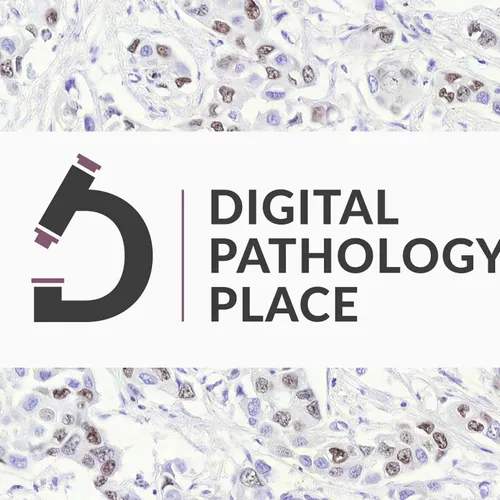147: Non-Generative AI – Predictive Analytics & ML – 7-Part Livestream 3/7
- Author
- Aleksandra Zuraw, DVM, PhD
- Published
- Sun 10 Aug 2025
- Episode Link
- None
What if I told you the biggest AI breakthroughs in pathology aren’t coming from ChatGPT or generative tools—but from the quiet power of predictive analytics and machine learning?
In this episode, I explore the non-generative side of artificial intelligence in pathology. These are the tools that detect tumors, segment tissue, classify images, and make predictions—without generating a single word.
It’s the third chapter in our guided AI series, and this time we focus on the models you’re more likely to use in real-world diagnostics. You’ll hear about object detection, segmentation, anomaly detection, and how these models are built using supervised and unsupervised learning—plus the pros and cons of different annotation strategies.
We’ll also cover why no one model fits all, and how combining simple tools like decision trees with more complex neural networks is often the key to building reliable, usable AI in pathology.
Whether you’re training your first model, selecting an algorithm for rare disease detection, or just want to understand what “unsupervised clustering” means—you’ll find something useful here.
🎯 HIGHLIGHTS WITH TIMESTAMPS
- [00:00] Welcome and global audience shout-outs
- [02:00] News: The authors of the AI paper series are coming on the show!
- [04:00] Booth 528 @ USCAP—join me live
- [06:00] Live annotation workshop announcement
- [08:00] AI Hierarchy: ML → Deep Learning → Foundation Models
- [10:00] Use Cases: Object detection, segmentation, anomaly detection
- [14:00] Supervised vs. Unsupervised Learning explained
- [18:00] Common algorithms: Regression, Trees, SVMs, KNN, Neural Networks
- [26:00] Feature learning and CNNs in pathology
- [33:00] Pattern detection with unsupervised learning
- [37:00] Annotation strategies: Fully, weakly, self-supervised
- [45:00] Multi-modal AI: Text + image + omics data
- [50:00] No single tool solves everything—toolkit mindset matters
📚 Resource from this episode:
📖 Main Article: "Non-generative artificial intelligence and predictive analytics in medicine"
🔧 Tools & Mentions
- Digital Pathology Trailblazers Book – Free visual eBook
- QPath & V7 Labs – Annotation tools mentioned
- University of Pittsburgh Medical School – Authors’ institution
- Muse Microscopy – Booth 528 at USCAP 2025
This episode is all about real-world AI—how it's already helping us in digital pathology, where it struggles, and how we can use it more responsibly and effectively.
🎧 Listen in to learn why annotation isn’t just a pain—it’s a power move.
🎤 Stay tuned for part 4, where we talk AI + statistics in pathology.
